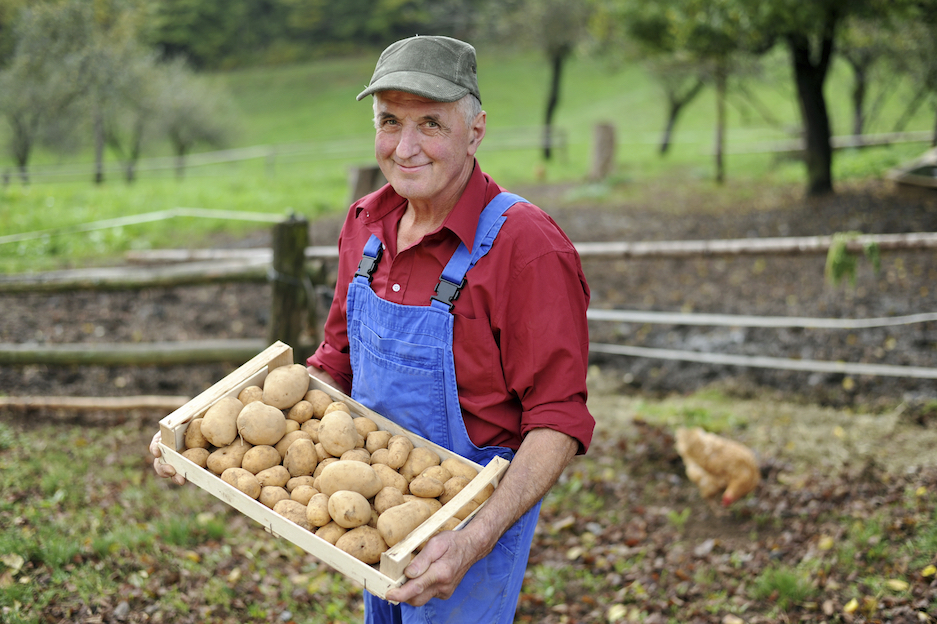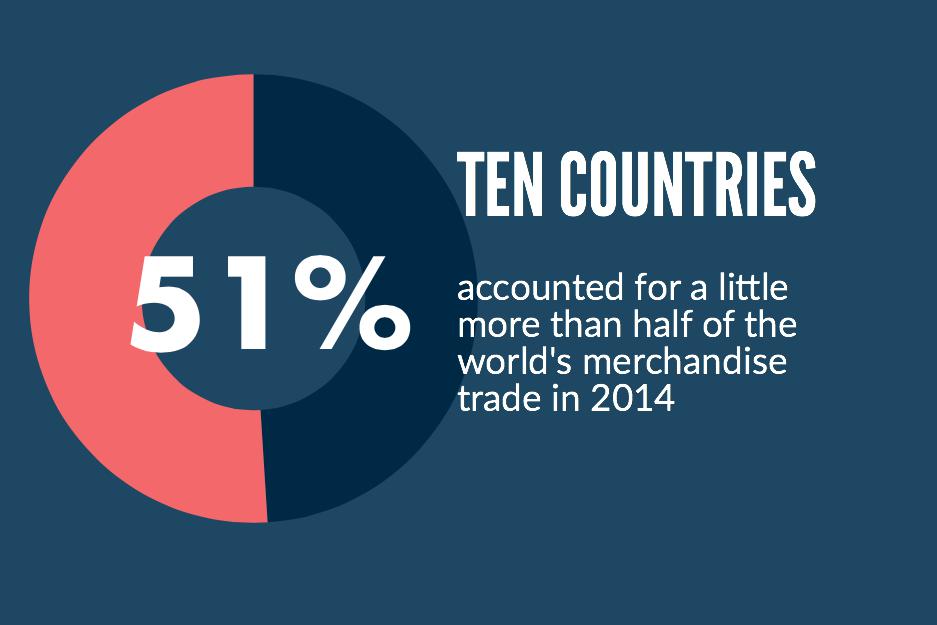The Global Appetite for Fresh Food
Variety is the spice of life
Millions of people around the world are undergoing the so-called “nutrition transition.” As their incomes rise, households can increasingly afford to diversify their diets, stimulating global demand for more meat, fish, dairy, fruits, and vegetables.
Around seventy-five percent of the food produced in the world is consumed locally (loosely speaking, we mean that it probably didn’t cross an international border). Historically much of what was traded in global markets was in the form of bulk commodities. But advances in cold chain technologies and transportation enable foods to stay fresh while moving efficiently, cheaply, and safely across long distances. These technologies preserve the quality of perishable foods, enabling growth in global trade in these foods, which offer good profit for farmers. It’s an opportunity that farmers around the world are seizing, in the United States and in developing countries alike, by producing not just for local consumers, but to meet growing global demand.
Fresh food off the boat, plane, and truck
The composition of food trade is changing. High-value agricultural and food products—fruits, vegetables, meat, seafood, and dairy—are being traded more as demand rises for nutritionally diverse products year-round.
It might come as no surprise that high-income countries (including the United States) supply most of the high-value food traded globally. But what might surprise you is that exports by lower-middle-income countries are growing the fastest. Latin America, South and Southeast Asia, and Sub-Saharan Africa have all experienced significant growth in the value of their agricultural and food exports. Moreover, high-value products are becoming a larger part of these countries’ overall exports of agricultural and food products because of the opportunity they present to farmers, processors, and retailers to grow their business and incomes.
Are you getting fresh with me?
High-income countries not only supply more high-value agricultural and food products, they eat more of them. High-income countries import around three-quarters of all such traded products.
But demand is increasing fastest in the lower middle-income and low-income countries, which are experiencing 17.5 and 16.5 percent demand growth respectively. Even though many of these countries are becoming global exporters, a majority of developing nations are net importers of food.
Growth opportunities for small and large farmers
The expansion of cross border trade in fresh foods creates opportunities for smallholder farmers in developing countries to become small commercial growers, moving from informal production to formal value chains and to markets offering economies of scale.
Larger growers like in the United States also see the opportunity. The United States is the second largest exporter of agricultural products in the world, behind only the European Union as a whole. Because U.S. productivity is growing faster than demand in the United States, American farmers, ranchers, and firms in US agricultural supply chains rely on export markets to increase sales and revenues.
The US Department of Agriculture’s Economic Research Service (ERS) expects U.S. exports to rise to $136 billion in 2017, which would generate a 21.5 billion surplus in agricultural trade. Canada and Mexico are our two largest markets for U.S. agricultural products, but U.S. producers see fresh growth in the emerging markets of Asia, Latin America, and Sub-Saharan Africa.
Adapted from the author’s paper, Growing Markets, Growing Incomes: Leveraging Trade Facilitation for Farmers published by Chicago Council on Global Affairs
Andrea Durkin is the Editor-in-Chief of TradeVistas and Founder of Sparkplug, LLC. Ms. Durkin previously served as a U.S. Government trade negotiator and has proudly taught international trade policy and negotiations for the last fifteen years as an Adjunct Professor at Georgetown University’s Master of Science in Foreign Service program.





